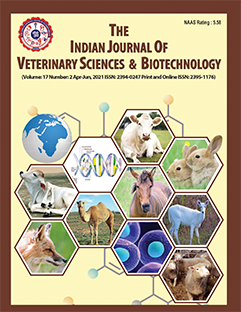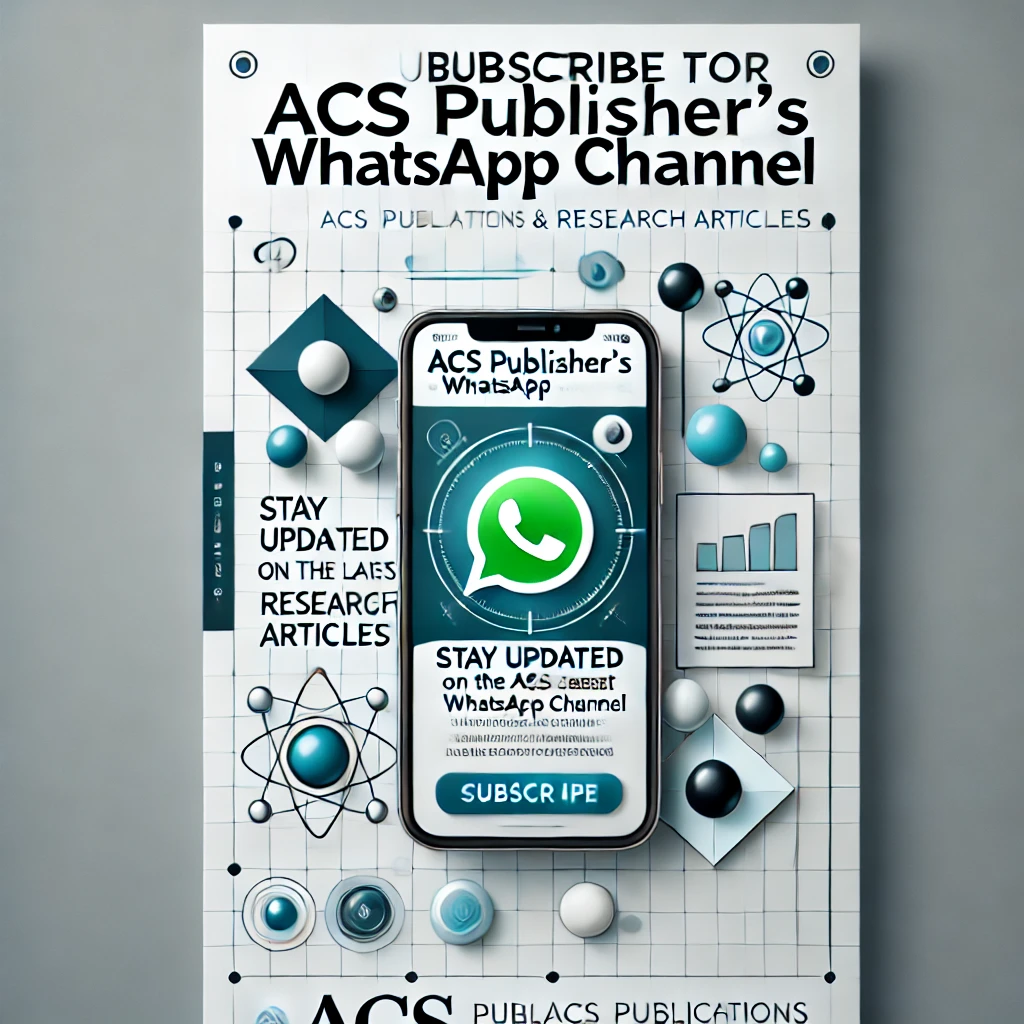Effect of Early Feeding with Synbiotics on Nutrient Digestibility, Carcass Characteristics and Gut Morphology of Broiler Chicken
DOI:
https://doi.org/10.48165/ijvsbt.21.3.07Keywords:
Broilers, Carcass characteristics, Early feeding, Gut morphology, Nutrient digestibility, Synbiotics.Abstract
This study was aimed to assess the effect of early feeding with synbiotics on nutrient digestibility, carcass characteristics and gut morphology of broiler chicken. A total of 144 day-old chicks were randomly assigned to four treatment groups, each comprising 9 birds per replicate, with 4 replicates per group. In Control group, birds received synbiotics (Probiotics + Prebiotics) in water and pre-starter feed upon arrival at the farm for 24 h. The Negative Control group received water and pre-starter feed without synbiotics. In Transport group, birds got synbiotics via beak dip at the hatchery and continued with synbiotics at the farm for 24 h. In the Treatment On-farm group (OF), birds received synbiotics immediately after hatching on the farm for 24 h. Early access to feed and synbiotics added water resulted in numerically higher retention of dry matter and organic matter in the OF group compared to the Control, Negative Control and Transport groups. The average daily positive nitrogen balance (g/bird) was significantly higher (p<0.05) in the Negative Control group compared to the Control, Transport and OF groups. The weight of gizzard, giblet, small intestine and large intestine were found significantly higher (p<0.05) in the OF group. The villus height of duodenum at the age of 21 and 42 days was significantly higher in early feeding with synbiotics in OF group. Livability remained statistically similar throughout the experimental period. The result suggests that early feeding with synbiotics to newly hatched chicks as soon as they hatched on the farm increases the weight of gizzard, giblet and intestine with better gut health.
Downloads
References
Abousekken, M.S., Shalash, S.M., Niamat, M., El-Abd, & Essa, H.G. (2017). The effects of early post-hatch nutrition on broiler performance. Egyptian Poultry Science Journal, 37(3), 747-760.
Alireza, H.N., Nejad, A.N., Marzieh, A., Farhad, K., & Omid, B.N. (2022). The effect of different early feeding regimens involving a hydrated nutritious gel on productive performance, immune variables, and intestinal morphology of broiler chickens. Italian Journal of Animal Sciences, 21(1), 1084-1093.
AOAC (1995). Official Methods of Analysis. 16th edn., Association of Official Analytical Chemists. Washington, D.C.
AOAC (2000). Official Methods of Analysis. 17th edn., Association of Official Analytical Collaboration. Washington, D.C. BIS (2007). Indian Standard Poultry Feeds - Specifications. (Fifth Revision). IS 1374 (2007): Poultry Feeds [FAD 5: Livestock Feeds,
Equipment and Systems]. Bureau of Indian Standards, New Delhi, India.
Ganjali, H., Raji, A.R., & Zarghi, H. (2015). Effect of post-hatch delayed access to feed on performance, GIT physical and histological development and yolk absorption in young broiler chicks. Biomedical and Pharmacology Journal, 8(2), 945-955.
Halevy, O., Geyra, A., Barak, M., Uni, Z., & Sklan, D. (2000). Early post-hatch starvation decreases satellite cell proliferation and skeletal muscle growth in chickens. Journal of Nutrition, 130(4), 858-864.
ISI (1962). Indian Method of Dairy Industry. Part II (IS: 1479). Indian Standard Institution. Manak Bhavan, New Delhi, India. Kadam, A.S., Nikam, G.M., Patodkar, V.R., Muglikar, V.R., Lonkar, V.D., Yadav, G.B., Maini, S., Ravikanth, K., & Meshram, M.D. (2009). Influence of herbal early chick nutritional supplement on the growth performance, serum biochemicals and immune response of broiler chicken. International Journal of Poultry Science, 8(4), 349-354.
Khadem, A., Al-Saifi, J., Letor, B., Bauwens, S., van Belle, J., Al-Saifi, M., & Sevastiyanova, M. (2018). Effects of moment of hatch and early feed access with Vitalite Energy Chick on performance and histology of commercial broilers. Laboratory Animal Nutrition, 7(4),15-18.
Lamot, D.M., van de Linde, I.B., Molenaar, R., van der Pol, C.W.. Wijtten, P.J., Kemp, B., & van den Brand, H. (2014). Effects of moment of hatch and feed access on chicken development. Poultry Science, 93, 2604-2614.
Liu, K., Jia, M., & Wong, E. A. (2020). Delayed access to feed affects broiler small intestinal morphology and goblet cell ontogeny. Poultry Science, 99(11), 5275-5285.
Luna, L.G. (1968). Manual of Histologic Staining Methods of the Armed Forces Institute of Pathology. New York, Blakiston Division, McGraw-Hill.
Mahapatra, S., Srinivasan, G., Rajini, A.R., & Gowri, A.M. (2017). Effect of early post-hatch nutrition on production performance of commercial broiler chicken. Indian Journal of Animal Research, 51(2), 291-295.
Noy, Y., & Uni, Z. (2010). Early nutritional strategies. World’s Poultry Science Journal, 66(4), 639-646.
Obun, C.O., & Osaguona, P.O. (2013). Influence of post-hatch starvation on broiler chick’s productivity. Journal of Agriculture and Veterinary Science, 3(5), 05-08.
Ojebiyi, O.O., Shittu, M.D., Abdulwaheed, A., Feyisara, O.R., & Oyeniran, S.R. (2022). Effects of post-hatch feeding intervals on growth performance and apparent nutrient digestibility of broiler chickens. Nigerian Journal of Animal Production, 49(2),
1283-1286.
Panda, A.K., Bhanja, S.K., & Shyam Sunder, G. (2015). Early post-hatch nutrition on immune system development and function in broiler chickens. World’s Poultry Science Journal, 71(2), 285-296.
Snedecor, G.W., & Cochran, W.G. (2014). Statistical Methods. 8th edn., The Iowa State University Press, Ames, Iowa, USA.
Wang, J.S., Wang, D.C., Li, K.X., Xia, L., Wang, Y.Y., Jiang, L., Heng, C.N., Guo, X.Y., Liu, W., & Zhan, X.A. (2020). Effects of first feed administration on small intestinal development and plasma hormones in broiler chicks. Animals (Basel), 10(1568), 1-12.
Wijnen, H.J., van der Pol, C.W., van Roovert-Reijrink, I.A.M., De Smet, J., Lammers, A., Kemp, B., van den Brand, H., & Molenaar, R. (2021). Low incubation temperature during late incubation and early feeding affects broiler resilience to necrotic enteritis in later life. Frontiers in Veterinary Science, 8, 784869.
Downloads
Published
Issue
Section
License
Copyright (c) 2025 Indian Journal of Veterinary Sciences and Biotechnology

This work is licensed under a Creative Commons Attribution-NonCommercial-NoDerivatives 4.0 International License.




